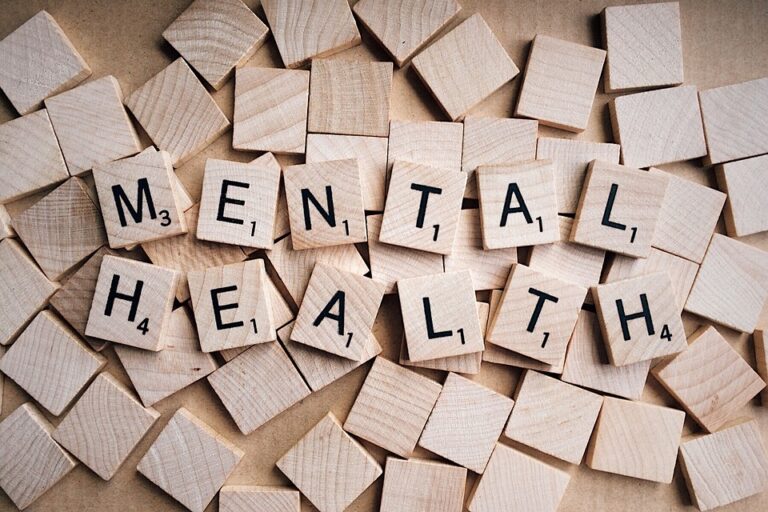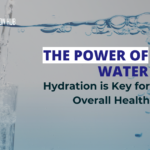Why You Should Focus on Losing Fat Not Muscle
In today’s world, the quest for a healthier body often leads many individuals to embark on weight loss journeys. However, a common pitfall is the tendency to focus solely on the number on the scale, without recognizing the importance of preserving muscle mass. This article will delve into the reasons why you should focus on losing fat, not muscle, and how doing so can lead to sustainable health and fitness improvements.
Understanding Fat Loss vs. Muscle Loss
When most people think of weight loss, they equate it with a reduction in body weight, which includes both fat and muscle. However, losing muscle can have detrimental effects on your overall health and body composition. The goal should be to lose fat while maintaining muscle mass, as muscle plays an essential role in metabolism, strength, and physical performance.
Maintaining muscle while losing fat not only enhances body aesthetics but also improves metabolic health. Muscle tissue burns more calories at rest compared to fat tissue, meaning that the more muscle you retain, the higher your resting metabolic rate will be. This can create a favorable environment for ongoing fat loss and help prevent the dreaded weight rebound post-diet.
The Importance of Muscle Mass
1. Muscle and Metabolism
One of the most crucial reasons to focus on losing fat, not muscle, is the role of muscle mass in metabolism. Research indicates that each pound of muscle burns approximately 6 calories per day at rest, while fat burns only about 2 calories. By preserving muscle during weight loss, individuals can enhance their metabolism, making it easier to sustain weight loss over time (Study: Wolfe et al., 2020).
2. Muscles and Strength
Maintaining muscle is vital for functional strength, which relates directly to everyday activities. Loss of muscle can lead to decreased strength and increased prevalence of injuries. As you age, sarcopenia, or age-related muscle loss, can become a significant issue. Prioritizing fat loss while preserving muscle can help combat this natural decline, thus improving your overall quality of life (Study: Wang et al., 2021).
Effective Strategies for Losing Fat While Preserving Muscle
1. Combine Strength Training with Nutrition
To achieve fat loss without compromising muscle, a combined approach of strength training and balanced nutrition is essential. Include resistance training in your routine at least 2-3 times per week. Resistance exercises help to stimulate muscle growth and maintenance even when in a caloric deficit.
From a nutritional perspective, focusing on sufficient protein intake is crucial. Aim for 1.6 to 2.2 grams of protein per kilogram of body weight to help maintain muscle mass during fat loss. Lean proteins such as chicken, fish, legumes, and dairy are excellent choices.
2. Manage Caloric Deficit Wisely
While a caloric deficit is necessary for fat loss, cutting calories too drastically can lead to muscle loss. A moderate deficit of about 500-1000 calories per day will promote steady fat loss while preserving muscle. This balance helps your body adapt to using fat for energy rather than sacrificing muscle.
3. Focus on Quality over Quantity
Not all calories are created equal. Prioritize whole, nutrient-dense foods and avoid processed foods high in sugars and unhealthy fats. A diet rich in vitamins, minerals, and antioxidants supports overall health and can facilitate better workout recovery, ultimately aiding muscle preservation.
The Psychological Aspect of Losing Fat Not Muscle
One often overlooked component of weight loss is the psychological impact of focusing on body composition rather than just scale weight. Many people feel disheartened when they see a number that doesn’t reflect their hard work. Shifting the mindset to focus on losing fat will not only be encouraging but can also lead to a more positive body image and outlook towards fitness.
Being aware of body composition—knowing the difference between fat mass and lean body mass—can help motivate individuals to recognize their progress. Improvements in strength, endurance, and muscle tone provide essential feedback on the success of a fat loss regimen, even when the scale seems stagnant.
Conclusion
In summary, prioritizing fat loss over muscle loss is crucial for a healthier, sustainable body transformation. Retaining muscle mass improves metabolism, strength, and overall well-being, serving as a cornerstone for effective fat loss. By incorporating resistance training, managing caloric intake wisely, and shifting focus from the scale to body composition, individuals can achieve lasting results.
Remember that weight loss doesn’t have to be a zero-sum game; you can indeed lose fat while keeping muscle. Start your journey today, and consider consulting with a nutritionist or personal trainer to tailor a plan specific to your needs.
Frequently Asked Questions
Why should I focus on losing fat, not muscle?
Focusing on losing fat rather than muscle helps maintain metabolism, strength, and overall body function. Muscle mass is essential for a healthy metabolism, which burns more calories at rest.
Can I lose fat without sacrificing muscle?
Yes! By engaging in resistance training, consuming adequate protein, and managing your caloric deficit, you can effectively lose fat while preserving muscle mass.
What are the best exercises for fat loss without muscle loss?
Combining cardiovascular exercises with strength training (like weight lifting) is ideal. This approach maximizes fat burning while supporting muscle maintenance.
How much protein do I need while losing fat?
To preserve muscle during fat loss, aim for 1.6 to 2.2 grams of protein per kilogram of body weight. This helps support muscle retention during a caloric deficit.
Why does muscle loss matter?
Muscle loss negatively impacts metabolism and physical functioning, making it harder to sustain weight loss and increasing the risk of injuries.
How can I measure my progress in losing fat not muscle?
Instead of solely relying on the scale, track measurements, strength levels, and body composition changes. This will provide a clearer picture of your overall progress.








